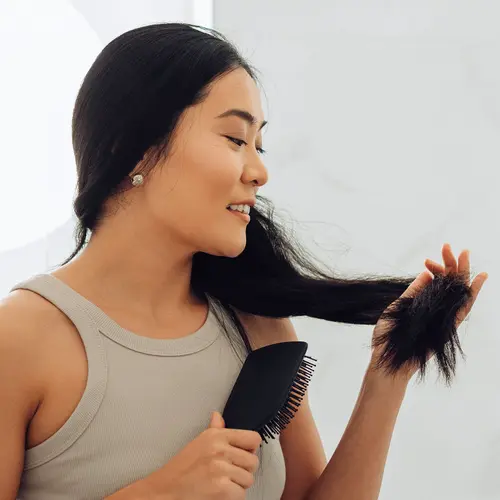Botox, Dysport, and Xeomin are all used to counter wrinkles. They're a purified form of botulinum toxin A, meaning there's no botulism risk when used properly. They work by blocking the nerves that contract muscles, softening the appearance of wrinkles.
Benefits and Side Effects
Botox is most effective on wrinkles that haven’t quite set -- “dynamic” wrinkles that appear while you’re moving your face, such as when you frown. “If you don’t move the muscle too much, you won’t form the wrinkle,” says Columbia University dermatologist Monica Halem, MD. She considers Botox preventive.
If you're breastfeeding, pregnant, or plan to become pregnant, the FDA recommends that you talk to your doctor before starting Botox, Dysport, or Xeomin.
Side effects are possible: headaches, bruising, pain at the site of injection, and, in fewer than 1% of cases, drooping eyelids or eyebrows that return to their natural position within a few months.
If you decide to give it a try:
Don’t be a pill. You're more likely to get a bruise at the site of the needle injection if you're taking aspirin or ibuprofen; these medications thin the blood and increase bleeding, which causes the bruise. Skip the pills for 2 weeks in advance of your treatment. You should also tell your doctor -- before treatment -- about any supplements you're taking, even if they're "natural," because some (such as fish oil pills, ginkgo, or vitamin E) also thin blood. Your doctor may ask you not to use those supplements for 2 weeks before your treatment.
Go easy. Ask your doctor for a more natural, expressive look. Your doctor can adjust the dose accordingly.
Don’t party on. Spas and parties are fun, but not for injections. These wrinkle treatments should only be done by a doctor who is board-certified in dermatology or plastic surgery.


